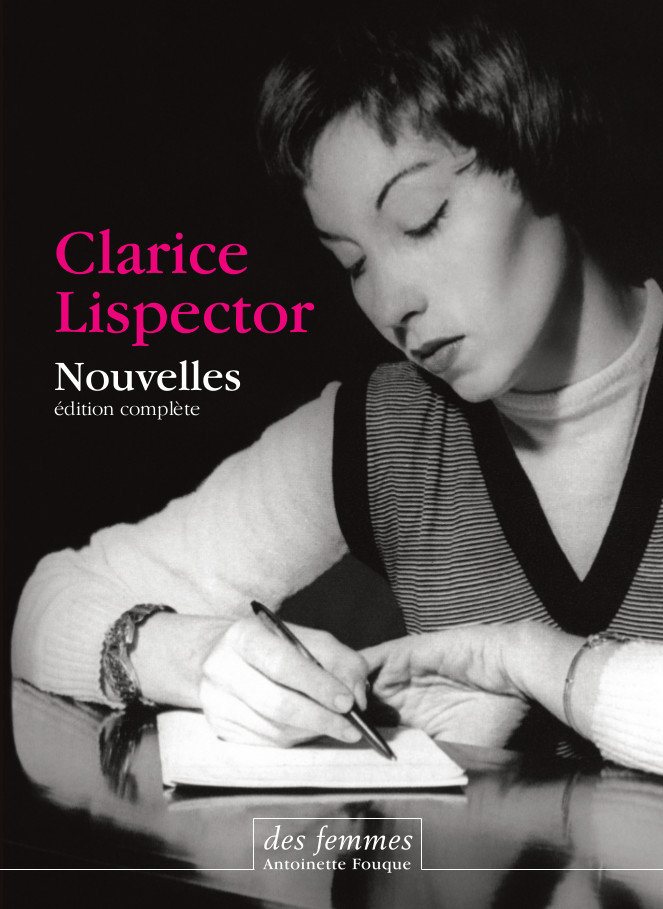, Clarice in France. IMS Clarice Lispector, 2017. Disponível em: https://site.claricelispector.ims.com.br/en/2017/10/19/clarice-na-franca/. Acesso em: 27 July 2024.
By launching in 2015, in the United States, the unprecedented collection in one book of all the short stories by Clarice Lispector, the researcher Benjamin Moser took a new step in his tireless task of disseminating abroad the work of the Brazilian writer, who deserved a beautiful and acclaimed biography. The Complete Stories (New Directions Publishing) won over audiences and critics, and was elected by The New York Times as one of the 100 best books published that year. In 2016, Rocco, Clarice’s publishing house, to the delight of numerous fans, launched the Brazilian edition of the work, entitled Todos os contos. Now, on this 19th of October, the collection of 85 texts – which begins with her first story published at the age of 19 – crosses a new frontier, reaching French bookstores under the title Nouvelles – Édition Complete, published by Des Femmes-Antoinette Fouque.
The edition – eight translators made the French version based on Brazilian texts – helps to further consolidate Clarice’s presence in France, a country that already has many admirers of the author’s work, disseminated mainly by the essayist and literary critic Hélène Cixous. An attraction for French readers is that ten of these stories were still unpublished there. And as further proof that the passion only increases, this year France will promote Clarice’s Hour, an event created by the Moreira Salles Institute to celebrate the writer’s birthday, on December 10th.







